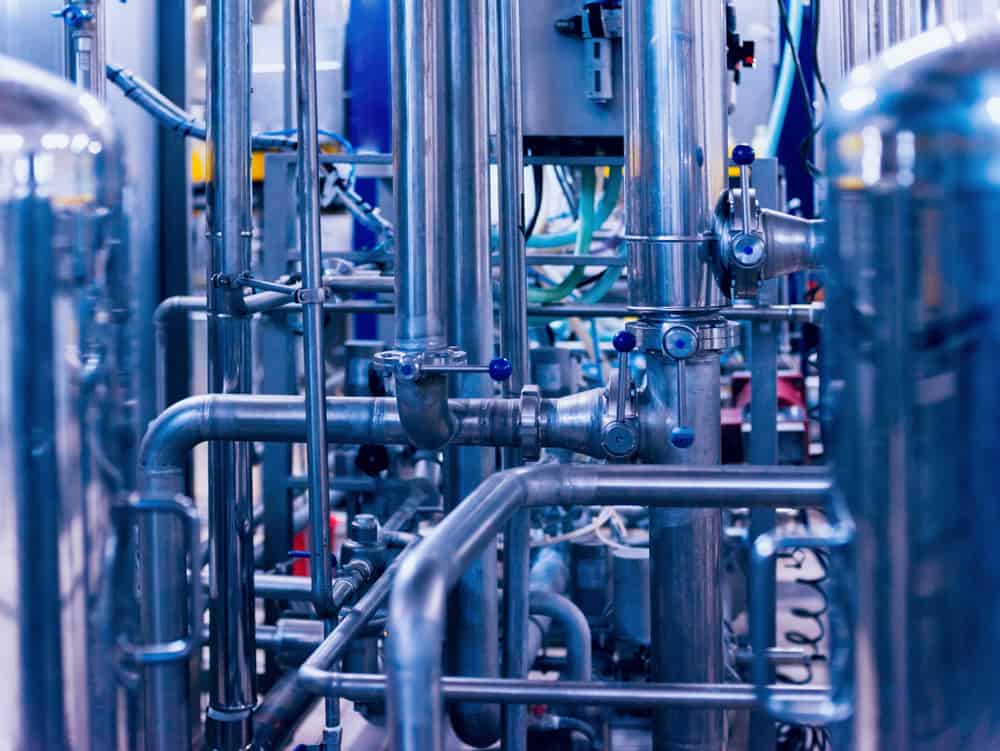
Steel tubing is used everywhere—from refineries to aerospace to pharmaceuticals. It safely and reliably transports process fluids from one point to another. When welding steel tubing, welders have to make sure that the mechanical properties of the metal are not compromised so it can fulfill the reason for use in the first place—strength and durability. To achieve a high-quality weld, the first step is the selection of the metal itself.
Quality material leads to quality welds. For steel tubing, quality can mean when it meets and exceeds the strict standards for material composition, manufacturability, and performance criteria. The right combination of quality weld material and the ideal welding process should deliver a high-quality weld.
Why Quality Materials Are Important For Welding?
What does quality mean for steel tubing? Given there are different types of steel—carbon steel, stainless steel, alloy steel, tool steel, etc., the answer may not be straightforward. For instance, the quality of carbon steel may point towards high strength, while the quality of stainless steel may indicate enhanced corrosion resistance. Depending on the application, the quality of the steel may be determined by its material composition, properties, and purity level. When welding, these factors significantly impact the quality and lifespan of the steel tubing.
Here’s why quality material matters when welding steel tubing:
- When the material has ideal metallurgical properties, parameters such as heat input, shielding gas composition, and feed speed can yield the desired result—a strong, defect-free weld.
- Low-quality metals can fail under the high stress and temperature conditions required for welding. Additionally, defects such as fine cracks and porosity can cause the structure to fail prematurely.
- Low-quality metal cannot deliver the intended mechanical requirements and performance needed for the application, thus, leading to issues like corrosion, deformation, or failure of the tubing system.
- Material that is contaminated increases the safety risk by generating hazardous fumes, spatters, etc.
Industries refer to established standards such as the ASTM for material selection and ensuring weld quality.
Using Orbital GTAW For Welding Steel Tubing
Orbital gas tungsten arc welding (GTAW) has been the go-to process for welders seeking to achieve high-quality weld results. The process is trusted for its ability to provide precision welds for critical applications. Here is how orbital GTAW addresses the complexity of welding steel tubing to provide reliable weld output.
| Challenges | Requirement | Orbital GTAW Approach |
|---|---|---|
| Heat Input | Tubings, especially the ones that are thin-walled, require lower heat input to prevent heat-related issues. In steel tubing, the defects can be seen in the form of distortion, warping, burn-through, or loss of corrosion resistance. | Orbital GTAW is capable of precisely controlling the welding parameter. GTAW, in itself, is a low heat input process, thus, ideal for reducing heat-induced defects in steel tubings. |
| Weld Positioning | Tubings require welding in different positions—overhead, vertical, etc. Maintaining a consistent angle and travel speed at such positions can be challenging, causing weld inconsistency issues and risk to the welder due to burns from molten metal. | Orbital GTAW removes the welder from potential risk by facilitating mechanized welding. Specialized weld heads can clamp around the tube to uniformly weld in any position. |
| Alignment | Misalignment during welding can lead to issues like a lack of fusion between the workpieces. | Closed weld heads enclose the tubing sections to prevent weld misalignment and create a shielded area to produce clean, strong welds. |
For most of the challenges encountered while welding steel tubing, orbital GTAW can minimize them through its precision control ability. However, this is only true when using high-quality materials.
Reliable Welds Depend on Quality Materials
As previously stated, quality materials are the key requirement for a quality weld. When welding steel tubing, the steel must be selected based on properties such as strength, corrosion and heat resistance, durability, and weldability. These material characteristics and the use of orbital GTAW for precision welding heavily enhance the final output and improves the lifespan of the steel tubing system.
Arc Machines, Inc. has led the market for decades with its advanced and innovative orbital welding solutions. For inquiries regarding products, contact sales@arcmachines.com. For service inquiries, contact service@arcmachines.com. For developing a custom welding schedule for welding steel tubing, contact us to arrange a meeting.




